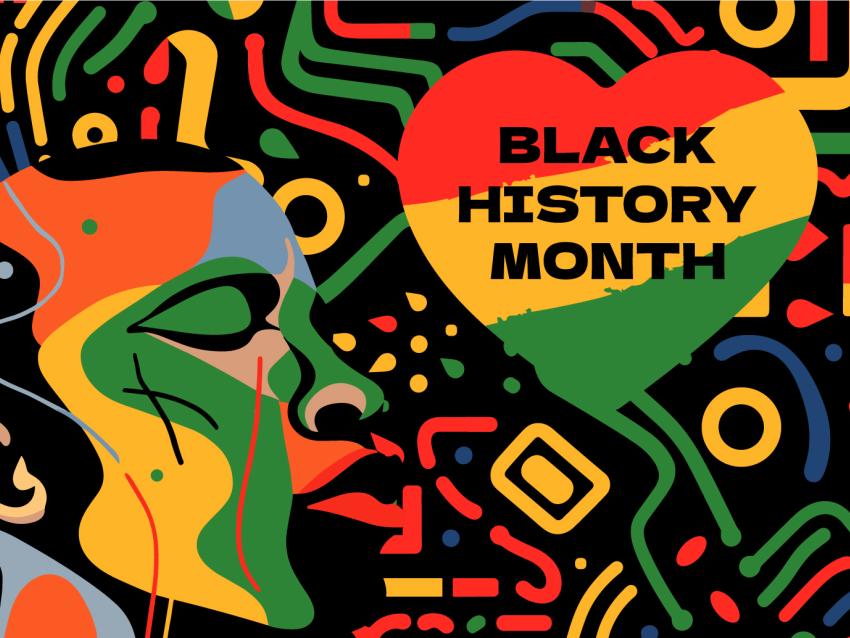
These Black inventors and scientists created technology we use today
The first open heart surgery, an improved traffic light and the technology behind 3D movies and images are all accomplishments achieved by Black Americans. Many of these scientists, doctors and inventors broke barriers while facing racial discrimination and are to thank for the technology we rely on today.
This Black History Month, University of Kentucky Information Technology Services (UK ITS) recognizes men and women responsible for vital technology and inventions that have made modern-day life possible.
Garrett Morgan was an inventor who patented the first three signal traffic light. Previous lights did not include a yellow caution signal, so Morgan improved the design. He also patented a hood that helped protect people from breathing pollutants and gases. This design became the model for gas masks used in WWI. Morgan was born in Paris, Kentucky. He died in 1963 at the age of 86.
Dr. Shirley Ann Jackson, is the first African American woman to earn a doctorate from the Massachusetts Institute of Technology. Dr. Jackson’s theoretical physics research at Bell Laboratories laid the groundwork for caller ID, call waiting, fiber optic cables, the touchtone phone and the portable fax machine.
Roy L. Clay is a mathematician, entrepreneur and he’s often called “the Godfather of Black Silicon Valley.” In the 1960s, Clay developed a minicomputer for Hewlett Packard. Eventually leading HP’s Research and Development Computer Group, Clay recruited employees from Historically Black Colleges and Universities and hired Black engineers. Later Clay founded a company in Silicon Valley and hired many African Americans from the area and from East Palo Alto.
Mary Van Brittan Brown created the first at home security system in 1966. Working long hours as a Nurse, Brown wanted to monitor people who knocked late at night. She and her husband lived in a neighborhood with high crime rates. Using a camera to monitor peep holes, Brown devised a security system that allowed her to view visitors on a monitor and talk to them by using a two-way microphone. Brown’s invention was patented in 1969.
James West, along with a colleague, invented the foil electret microphone. This compact design is used in approximately 90 percent of microphones today. This technology is used in camcorders, telephones, baby monitors, hearing aids and tape recorders. West worked for Bell Laboratories, became a professor at Johns Hopkins and has received at least 250 patents.
Mark Dean, an engineer and computer scientist, helped create technology at IBM that led to the first gigahertz chip and a color PC monitor. In 1996, he became the first African American to become an IBM fellow. Dean is also an inductee of the National Academy of Engineers and the National Inventors Hall of Fame.
Valarie Thomas invented three dimensional images while working at NASA. The scientist and inventor analyzed the data of satellites. In 1980, Thomas received the patent for her invention—the illusion transmitter. Nasa used this technology in its satellites. Thomas held several leadership roles at NASA and spent much of her career encouraging African American girls and young people to study science.
